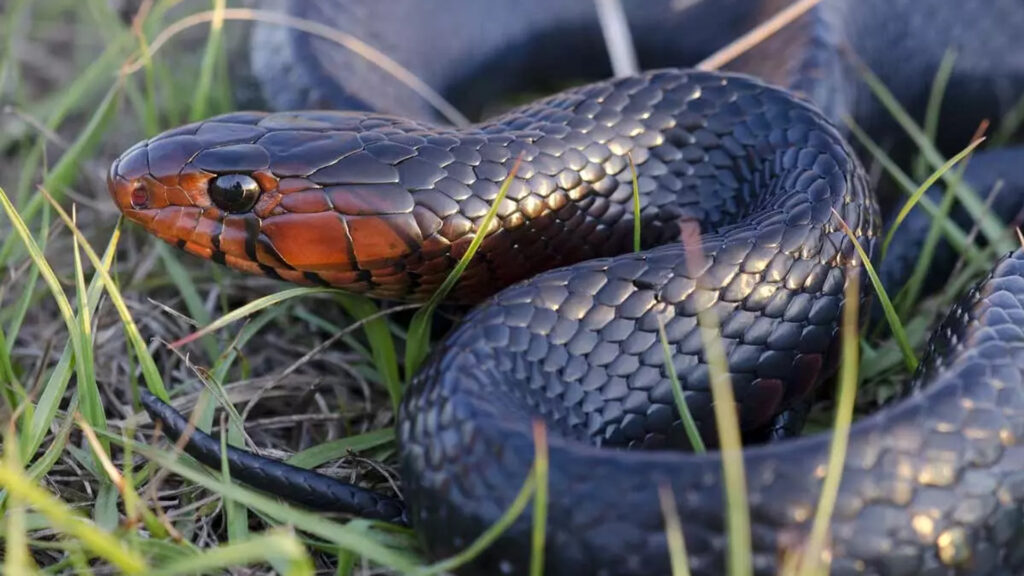By Elise Bennett, Center for Biological Diversity
Perhaps the most discussed four-letter word in conservation right now is a surprisingly humble one: harm. President Donald Trump’s U.S. Fish and Wildlife Service and National Marine Fisheries Service want to do away with their longstanding definition of harm under the Endangered Species Act, which could blow open the door to unfettered and illegal destruction of the wild places where imperiled species live.
This move could hurt efforts to protect Florida’s rich array of plants and animals, undoing decades of recovery and driving many species closer to the brink of extinction. I wish this was an overstatement, but there’s just no way to protect wildlife without safeguarding the places where they live.
Here in the Sunshine State, we don’t have to look far to see the success of current protections. Our beloved state animal, the Florida panther, once roamed across much of the southeastern United States until habitat destruction and poaching almost drove these magnificent creatures to extinction. Thanks to strong wildlife protection laws and lots of folks who care, the panthers are still with us today although their future is far from certain.

We’re so fortunate that there are still areas in Florida nearly bursting with biodiversity.
Hauntingly beautiful ghost orchids cling to pond apple trees growing right out of cypress sloughs. Endangered Florida bonneted bats soar through the open night skies. Large but docile eastern indigo snakes rule the forest floor, though their rosy cheeks and lustrous bodies are rarely seen.
Behind these thriving ecosystems is an equally complex — though perhaps not nearly as captivating — ecosystem of laws, policies and civic engagement.
The Endangered Species Act, signed into law in 1973, has been incredibly effective at preventing extinction and has put hundreds of plants and animals on the road to recovery. Congress passed this law based in part on concern that species were being driven to extinction “as a consequence of economic growth and development untempered by adequate concern and conservation.”
Natural ecosystems can thrive under healthy legal and political ecosystems that prioritize the welfare of wildlife, wild places and communities because all three are inextricably linked. The flipside is that all three can suffer from policy changes or budget decisions.
Changing the definition of harm would inflict incalculable damage on Florida’s imperiled species. But why does the definition of a word even matter?
The Endangered Species Act prohibits unauthorized “take” of endangered species that are at high risk of extinction. Take means to harass, harm, pursue, hunt, shoot, wound, kill, trap, capture, collect or attempt to do any of those things to an endangered species. But “harm” wasn’t defined under the law so in 1975 federal agencies defined it.
For 50 years federal agencies and the public have rightfully understood harm to include significant habitat modification or degradation that kills or injures wildlife by impairing important behaviors like breeding, feeding or sheltering.
This fits with Congress’s intent to “provide a means whereby the ecosystems upon which endangered species and threatened species depend may be conserved” and to “provide a program for the conservation” of those species.
In practice, this definition has meant that when massive, sprawling developments are proposed in the dwindling pockets of native forest where Florida panthers remain, federal wildlife officials must account for how destroying the places panthers live will hurt these big cats.
There’s no question that Trump’s plan to gut habitat protections by removing the long-understood definition of harm will hurt panthers and many more species. Panthers require home ranges up to 200 square miles, which provide places to eat, rest and raise kittens. With less room to roam, panthers are more likely to get into deadly territorial disputes or wander into urban areas where they can be hit by cars.

One four-letter word can mean life or death for some of Florida’s most treasured creatures. The fate of that single word rests on civic and legal engagement, which can often seem overwhelming and frustrating.
As a lawyer and environmental advocate, I often feel these things, too. It is hard to find the time and energy to write letters, show up to meetings and call lawmakers when work is long and the groceries need buying.
But I remind myself that when the public speaks out, we can accomplish meaningful change. After Floridians vocally opposed development plans in our state parks last year, Gov. Ron DeSantis reversed course and is now poised to sign a bill that would ban such destructive projects on our public lands.
No one is expected to shoulder this fight alone. Do you have five minutes? Make a phone call or fire off an email to your legislators. A free evening? Consider commenting at a public meeting. Or tell federal wildlife officials, by May 19, that you care about protecting endangered species and support rules safeguarding them from the harms caused by habitat destruction.
Now is the time to remind our elected officials that here in Florida we love our imperiled wildlife and that their future relies on strong environmental laws and protections.
Elise Bennett is an attorney and director of the Florida and Caribbean program at the Center for Biological Diversity. Banner photo: A Florida panther at Florida Panther National Wildlife Refuge (George Gentry/U.S. Fish and Wildlife Service, Public domain, via Wikimedia Commons).
Sign up for The Invading Sea newsletter by visiting here. To support The Invading Sea, click here to make a donation. If you are interested in submitting an opinion piece to The Invading Sea, email Editor Nathan Crabbe at nc*****@*au.edu.



